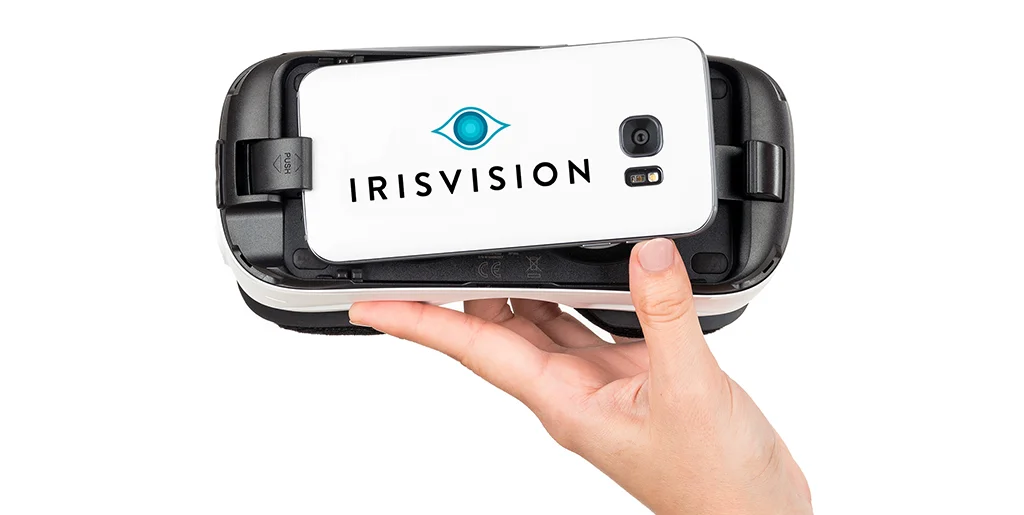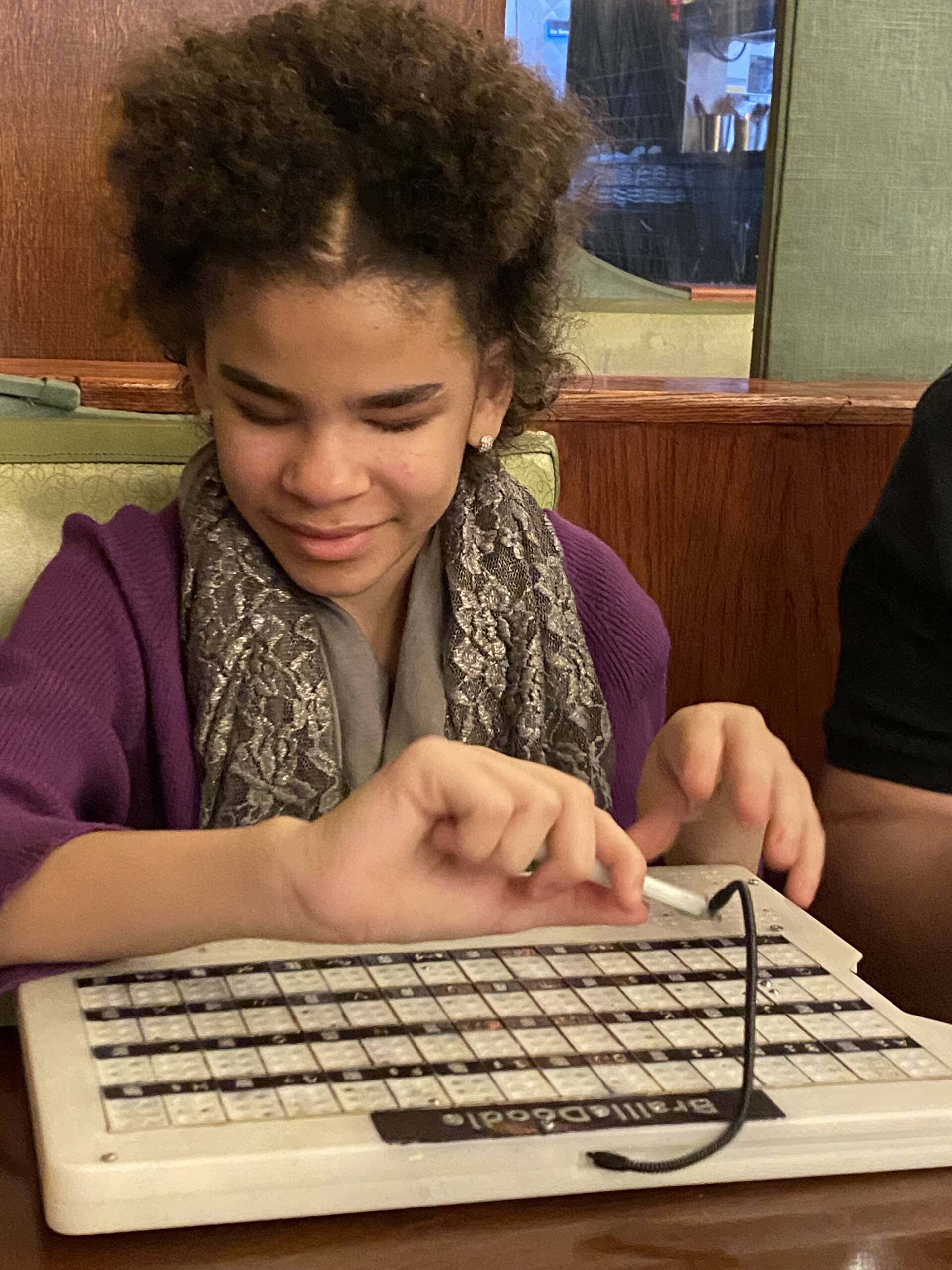Mobility Aids for Visually Impaired Users: Improving Freedom
Wiki Article
Enhancing Lives With Advanced Assistive Gadgets for the Blind
The assimilation of advanced assistive tools for the blind is transforming how people experience their surroundings and connect with their neighborhoods. What does this evolution indicate for the future of assistive technology and its duty in encouraging individuals?Introduction of Assistive Tools
Assistive devices for the blind include a varied variety of devices and modern technologies developed to enhance independence and enhance the top quality of life for people with aesthetic problems. These devices deal with different requirements, from navigation and wheelchair to communication and day-to-day job monitoring.One of the main classifications of assistive gadgets includes mobility help, such as white walking canes and overview canines, which assist customers browse their surroundings safely. Electronic traveling help, equipped with sensing units and audio feedback, additionally play a significant role in flexibility enhancement.
Additionally, tools that assist with everyday living tasks, such as flexible kitchen area tools, Braille labels, and chatting watches, encourage individuals to do tasks individually. Communication help, including display viewers and Braille displays, promote accessibility to information and allow people to engage effectively with the electronic world.
Additionally, low-tech services like multiplying glasses and large-print products continue to be important for many users. Collectively, these assistive tools serve not just as practical tools yet also as important enablers of freedom, fostering greater involvement in a globe that frequently prioritizes sighted experiences. Their assimilation right into daily life is important for promoting inclusivity and enhancing general wellness for those with visual problems.
Ingenious Technologies being used
Advancement in innovation has actually considerably changed the landscape of devices readily available for people with visual impairments. Amongst one of the most noteworthy improvements are wise glasses integrated with increased fact, which provide real-time navigating help and object recognition. These gadgets leverage progressed electronic cameras and expert system to supply auditory signs, improving the customer's spatial awareness and freedom.Additionally, mobile applications have actually become effective resources, allowing individuals to identify money, reviewed text aloud, and navigate unknown environments through verbal instructions. Devices such as Braille screens and refreshable Braille tools remain to evolve, offering smooth connection with computer systems and mobile phones, therefore boosting interaction and accessibility to information.
Wearable technology, consisting of smartwatches furnished with voice-activated attributes, additionally empowers users by facilitating quick accessibility to alerts and notifies without calling for aesthetic interaction. Tactile maps and 3D printing are likewise acquiring traction, supplying concrete depictions of spaces that help in alignment and mobility training.
Jointly, these innovative technologies not just boost the everyday lives of visually damaged individuals yet also foster greater self-reliance, inclusivity, and involvement with the broader area, consequently reshaping perceptions of ease of access. (AI-powered visual aids)
Personal Stories of Empowerment
Empowerment commonly emerges from individual experiences that highlight the transformative effect of technology on people with visual disabilities. Take, for instance, the tale of Sarah, a young musician who reclaimed her passion for paint with the usage of a clever walking cane furnished with obstacle discovery. This tool not only promoted her flexibility yet instilled a newly found confidence, enabling her to navigate public rooms separately and seek her creative undertakings.
These stories underscore the profound results that progressed assistive gadgets can carry everyday life. By making it possible for people to get over barriers, innovation fosters a feeling of freedom and self-respect. Such empowerment stories function as a testament to the possibility of development, highlighting just how the right devices can substantially enhance quality of life and open doors to new possibilities for those with aesthetic disabilities.
Benefits of Advanced Solutions
The combination of sophisticated technology right into assistive gadgets substantially transforms everyday experiences for those influenced by vision loss. Wearable technology for low vision. Instruments such as smart walking sticks equipped with sensing units, navigating apps, and wearable modern technology are created to provide real-time responses, boosting spatial understanding and reducing the threats connected with flexibility.
Additionally, advanced assistive technologies cultivate social inclusion by promoting interaction and interaction. Voice-activated tools and apps enable people to access information and engage with their surroundings other independently, breaking obstacles that previously impeded their participation in educational, specialist, and social settings.
In addition, the modification and adaptability of these remedies satisfy the varied requirements of customers, consequently improving their overall lifestyle. Improved functionality, such as object acknowledgment and text-to-speech abilities, equips individuals with aesthetic disabilities to carry out tasks that they may have as soon as discovered testing. Eventually, advanced assistive technologies not only boost independence and safety and security yet also promote self-respect and self-respect, allowing customers to lead meeting lives.
Future Trends in Assistive Tech
As technology continues to progress, the landscape of assistive devices for the blind is poised for impressive innovations that will certainly better boost ease of access and independence. Emerging patterns in assistive modern technology show a change towards raised combination of fabricated intelligence (AI) and artificial intelligence, allowing devices to adapt to individual user requires in real-time. These advancements are expected to promote more instinctive navigating systems that can recognize obstacles and provide audio responses, significantly boosting outdoor flexibility.Additionally, the advancement of wearable tech, such as wise glasses furnished with increased fact, will enable customers to obtain contextual info about their environments, thus enriching their spatial recognition. Advancements in haptic modern technology assurance to produce tactile responses devices, permitting customers to view details through touch, boosting knowing and interaction with their setting.
Telecommunication developments are additionally leading the way for remote help options, where skilled experts can give support by means of video phone calls, making certain support is conveniently available. As these patterns unravel, the future of assistive devices for the blind will unquestionably cultivate greater autonomy, equipping people to navigate their world with confidence and convenience.

Conclusion
The assimilation of advanced assistive devices for the blind stands for a substantial advancement in promoting independence and improving quality of life. By making use of innovative modern technologies, these tools encourage individuals to browse their environments with higher confidence and freedom. As the field remains to develop, recurring research and advancement will likely yield a lot more advanced services, better changing the lived experiences of people with aesthetic problems and advertising view it a greater sense of inclusion within useful reference culture.
The integration of sophisticated assistive devices for the blind is transforming how individuals experience their surroundings and engage with their communities. The combination of cutting-edge innovation right into assistive tools considerably changes daily experiences for those affected by vision loss.As technology continues to develop, the landscape of assistive gadgets for the blind is poised for amazing developments that will further boost accessibility and self-reliance. Emerging trends in assistive modern technology suggest a shift toward increased integration of fabricated knowledge (AI) and device discovering, making it possible for tools to adjust to specific customer requires in real-time.The assimilation of advanced assistive tools for the blind stands for a considerable development in promoting freedom and boosting high quality of life.
Report this wiki page